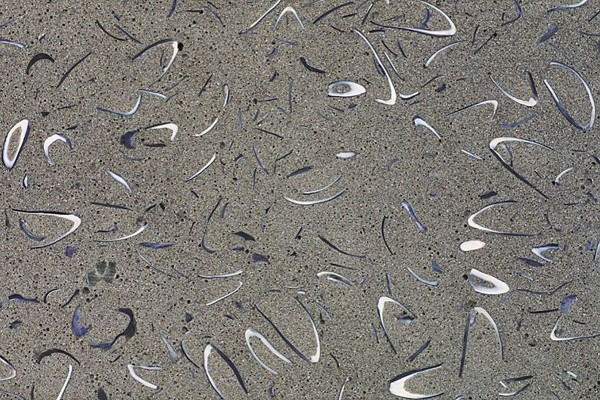Weathering Test & Agents
Most durability tests involve a prolonged period of soaking the specimens in a weathering agent, and then assessing the degree
of deterioration. On using a reasonably strong weathering agent, the rate of deterioration will be slow, and therefore, the test
itself must be of reasonably long duration. Also, it does not simulate what is happening in a real life situation, where both
wetting and drying processes cause the degradation of the material.
An alternative approach to the above, is a shorter duration cyclic test where the specimen is immersed in the weathering
solution for a specified time and then dried in a controlled environment. This process is repeated for a set number of cycles, or
until measurable deterioration occurs.
In this case, the rate of deterioration will be influenced by the concentration of the
solution and severity of the cycling procedure. This approach reasonably simulates the real life performance.
For the current study, the cycling process as described above was selected and the following agents were used.
· Sulphuric Acid – 25%
· Sodium Hydroxide – 10 molar
· Sodium Chloride – 14%
· Sodium Sulphate – 14%
The Australian/New Zealand Standard AS/NZS 4456:1997 recommends the use of a mixture of 14% of Sodium Chloride and
6.2% of Sodium for the degradation assessment of masonry units due to salt attack. The same strength mixture was used for
the current specimens to test for salt resistance ability. Under normal conditions, 25 % of Sulphuric Acid and 10 molar Sodium
Hydroxide are highly unlikely to occur. However, to understand the worst case performance, these mixtures were used.
As the test progresses, the concentration of the sulphate/chloride irons and the pH value of the solution vary due to reactions
with the sample. Unless these parameters are kept constant, they can influence the results and increase the length of the test.
It should be noted that whatever type of accelerated test method is used, a correlation must be obtained between laboratory and
field performance so that the test method could be fine tuned for realistic conditions for future tests. Unfortunately, when
materials are newly developed, there are no past records for comparison.
3.3 Test Procedure
Eight, approximately 10 mm thick, circular test specimens were prepared from each cylinder. A typical example is
schematically shown in
Fig. 1. The specimens 1 to 6 were meant for the splitting test and 7 & 8 for the weight loss assessment.
The specimens used for the weight assessment were initially oven dried (at 105 ºC) and their datum weights were recorded.
Then all the test specimens, other than the control specimens were subjected to 24-hour wet and dry cycling.
Spec. No. Test Cylinder Weight (gms) Legend
1 98.32 Specimen to be Weathered
2 99.37 and subjected to
3 99.88 Splitting Test
4 99.58
5 102.91 Specimen to be Weathered
6 102.79 and subjected to
7 101.15 Weight Measurement
8 100.88
Control Specimen
Figure 1. A Typical Layout of Specimens prepared from a Cylinder
9DBMC-2002 Paper 101 Page 4
The control specimens were left in the laboratory while others were subjected to 24-hour wet and dry cycling at the age of 7
days. For each cycle, they were immersed in the solution for about 2 hours and then fan dried for 22 hours in the temperature
controlled (23 ºC) laboratory.
Two replicates were tested for each test condition.
The specimens 7 & 8 were oven dried at every fifth cycle (except at the start when oven drying took place after 2 cycles) for
weight assessment. At the end of every fifth cycle, fan drying commenced followed by oven drying for 2 hours. Then the
specimens were cooled for about 5 minutes and weighed prior to the commencement of the next cycling period. The specimens
intended for splitting tests were not oven dried.
After every 10 cycles the old solutions were replaced with fresh solutions. The wetting and drying cycles were terminated after
37 cycles, when some of the specimens indicated signs of deterioration by loosing weights.

